Looking at George Takei's They Called Us Enemy By Jackie Mercer
| It was a spring morning in 1942 when four-year-old George and his brother Henry awoke to their father telling them they must get dressed and wait in the living room while he and their mother finished packing. Shortly after, armed soldiers came knocking, telling the family they must leave their home in California immediately. Their crime? Being Japanese Americans after the bombing of Pearl Harbor. FDR’s February 19, 1942, executive order 9066 ordered all people of Japanese ancestry to be rounded up by the military and forced into internment camps for an undetermined amount of time. In the graphic novel They Called Us Enemy George Takei intricately weaves together retellings of his childhood experiences and his observations and realization looking back on those events. His shifting from the events of his childhood to experiences later in life, including present-day, allows the reader the opportunity to gain a clearer understanding of both the ways in which his experiences shaped him as a person and the realizations he has had about his own experiences reflecting back on them throughout his adulthood. |
Both of Takei’s parents had had successful careers before being forcibly removed from their home. Takei notes the behavior of both parents on their initial train ride to the camps. He writes, “Mama was not going to allow anything, not even the United States government to affect her family’s well-being. I remember her obsessive concern and my father’s melancholy, but they are dusty, peripheral remembrances” (50). Obviously, as a child, Takei could not fully realize what his parents were experiencing or the ways in which they were ensuring their children’s safety and well-being, so his ability to consider these things as he writes adds a unique and important layer to the telling of the story. The reader has the privilege of not only seeing what Takei experienced as a child, but more mature readers (adults and young adults) can also gain understandings beyond a child’s view through Takei’s reflecting on his experiences as an adult. This also becomes important later as Takei, as a young adult, grapples with what he perceives as passiveness in his father’s behavior as Takei begins his work as an activist. The novel serves as not only a memoir recounting the impactful experiences of his life, but also functions as a coming of age story where the reader can see the ways in which Takei is grappling with the struggles that come with growing up, such as trying to understand his parents or feel understood by them.
I would be remiss if I did not discuss how the choice of a graphic novel for this book as the format is so important to the telling of this story. I recently taught this book in an American Literature and Diversity course. I asked my students to consider how the genre impacted their understanding of and feelings about the book. Many of them noted that being able to “see” the characters, particularly the expressions on their faces, told more of a story than just the words on the page. While Takei focuses on his own experiences as a child, readers are able to see and understand the emotions of all of the characters, creating a more complete understanding of what this experience was like.
Suggested Titles:
Between Shades of Gray, Ruta Sepetys
Internment, Samira Ahmen
March Book 1-3, John Lewis
Persepolis, Marjane Satrapi
Refugee, Alan Gratz
Salt to the Sea, Ruta Sepetys
Stamped: Racism, Antiracism, and You, Jason Reynolds and Ibram X. Kendi
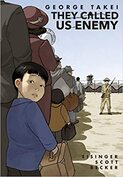
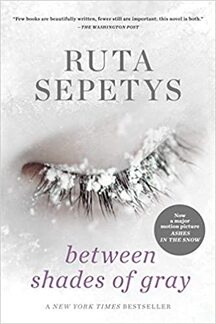
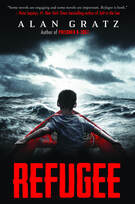
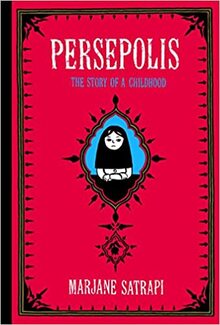
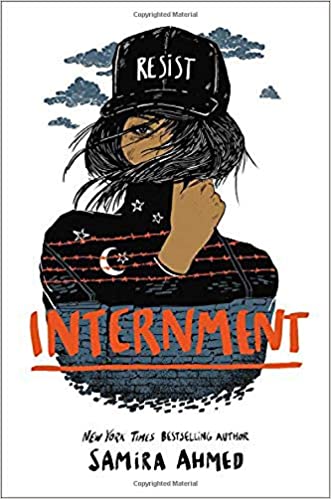
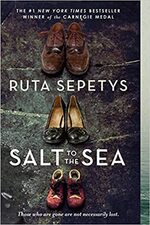
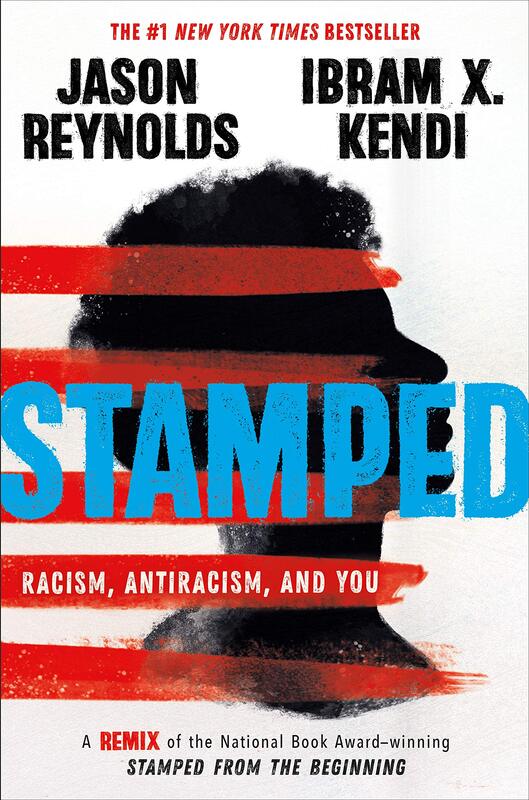
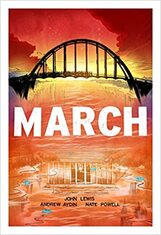

 RSS Feed
RSS Feed